DeepSeek AI Review: What It Gets Right (and Where It Falls Flat)
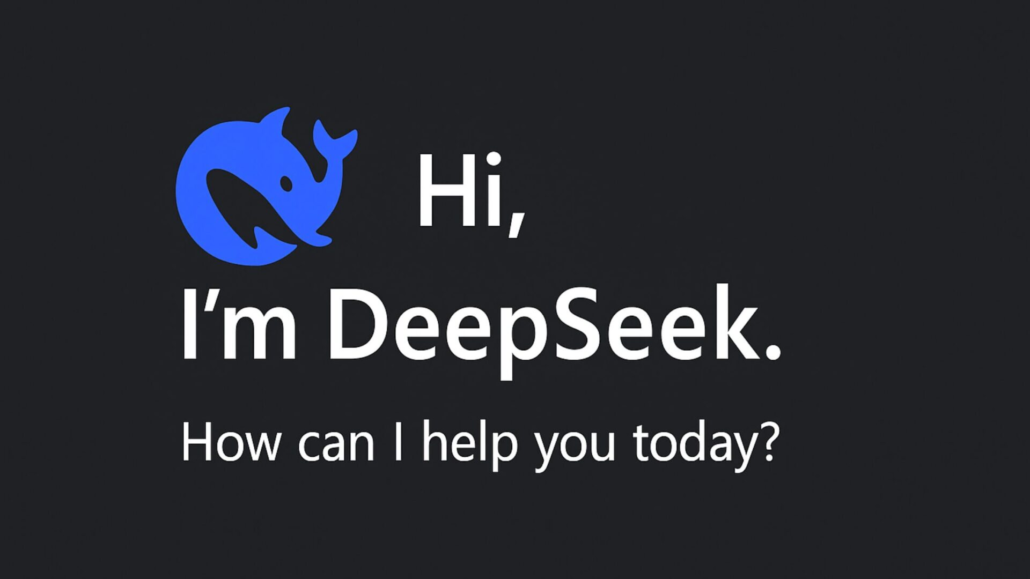
Tony's Verdict
DeepSeek AI isn’t a ChatGPT replacement, but it’s a surprisingly capable open-source assistant for logic, coding, and creative tasks. It’s ideal for users who prefer step-by-step reasoning and open platforms, but not the best pick for image generation or lightning-fast responses.
- Excellent logical reasoning and transparency
- Strong Python code generation with clear explanations
- Capable creative writing with good tone and structure
- Free, open-source, and accessible via web or self-hosting
- Admits when it doesn’t know something (rare and refreshing)
- No image generation or visual recognition support
- Often overly verbose and meandering
- Slow response speed compared to premium AIs
- Mobile formatting quirks (Markdown symbols, spacing issues)
If you’re curious about DeepSeek AI and wondering whether it’s worth trying, you’re in the right place. In this review, I’m going deep (pun absolutely intended) into what this large language model can and can’t do. Unlike many other reviews that simply list specs or benchmark numbers, this one is based on real-world testing: from logic puzzles to coding tasks, and even some image prompt experiments. I approached this as a general user and blogger, putting DeepSeek through dozens of practical use cases to find out whether it’s helpful, frustrating, or somewhere in between.
Spoiler alert: it’s not a ChatGPT killer, but it’s definitely interesting. Let’s break it all down.
What is DeepSeek AI?
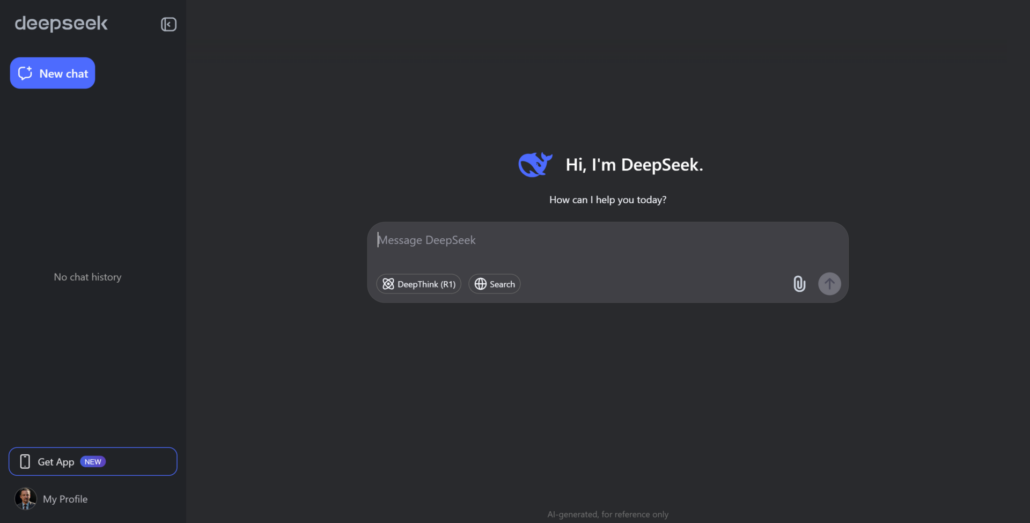
DeepSeek AI is an open-source large language model (LLM) developed with an emphasis on reasoning and coding performance. It’s designed to be an alternative to big-name commercial models, offering a transparent and accessible AI experience. It belongs to the growing family of open LLMs aimed at democratizing artificial intelligence and making these tools more available to the general public.
There are a few versions, including R1 and non-R1 models. R1 typically refers to DeepSeek’s more advanced release with reinforced reasoning capabilities and extended training, while the non-R1 versions are earlier or lighter iterations with fewer enhancements. For this review, I tested both through various tasks to see how they hold up for everyday users, content creators, coders, and curious minds. I also observed response time, formatting quirks, and how the model handles ambiguous instructions or illogical queries.
You can use DeepSeek through its official web portal or self-host it with some technical setup. That flexibility is nice for developers and hobbyists who like tinkering.
How I Tested DeepSeek AI
I didn’t just poke around the interface and call it a day. This review is based on extensive, real-world interaction with DeepSeek AI over the course of several days. I tested the model in a wide range of situations and use cases. Here’s what I put it through:
- General Q&A with and without web search
- Logic puzzles and trick questions
- Creative writing, poetry, and haiku tests
- Code generation, review, and debugging (mainly in Python)
- Building simple data scraping tools
- Image upload interpretation (vision model)
- Prompts for AI image generation
Each test was designed to probe specific capabilities.
I focused on the kinds of tasks that matter most to writers, students, bloggers, researchers, and coders: things like logic puzzles, coding help, general Q&A, and creative writing. My goal was to approach it like a normal user, not a developer, and push it just far enough to reveal its strengths and weak spots. those that matter most to writers, students, bloggers, researchers, and coders. My goal was to approach it like a normal user, not a developer, and push it just far enough to reveal its strengths and weak spots.
DeepSeek AI’s Core Capabilities
Reasoning & Logic

One of DeepSeek’s strongest areas is logic. I threw all kinds of brain teasers and trick questions at it—things like:
“A farmer has 17 sheep. All but 9 run away. How many does he have left?”
It nailed the answer (9), though it took the scenic route to get there. That’s a recurring theme: it often overexplains even simple puzzles, walking through each possibility and occasionally circling back unnecessarily. But if you’re into long-form reasoning or want to see how it unpacks a problem step-by-step, that’s actually a feature, not a bug.
I also ran a logic puzzle involving matching people with favorite fruits. It correctly deduced part of the solution, but couldn’t narrow things down to a single outcome without additional clues. Still, it showed thoughtful, transparent reasoning and didn’t hallucinate an answer. That kind of intellectual honesty is rare—and helpful.
Verdict: Excellent logic engine, but bring your patience for verbose breakdowns.
Code Generation & Explanation
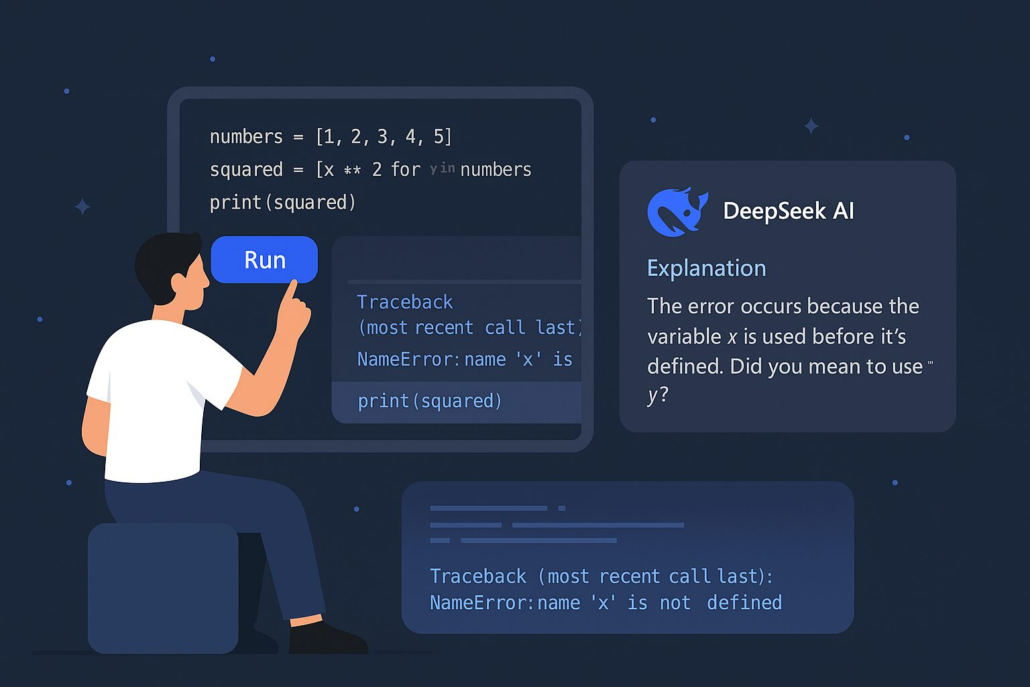
I tested DeepSeek on several coding tasks, including:
- Writing a function to generate the Fibonacci sequence
- Scraping headlines from a major news site
- Scraping recent blog posts from my own WordPress site
- Explaining Python syntax line-by-line
It handled all of these well. The code was clean, commented, and mostly error-free. It also gave smart suggestions for edge case handling, and it included clear reasoning about its choices in structure and logic. When a scraping script didn’t work due to a site’s changing structure, it explained why and offered tips to debug.
For beginners or intermediate coders, this could be a fantastic sidekick. I especially appreciated how it explained not just the “how” but the “why” in each example. That makes it a great educational tool.
Verdict: Surprisingly strong for a free/open-source tool. Great for learners, hobbyists, and developers doing light tasks.
Creative Writing
I pushed DeepSeek into the creative writing space with a few unique prompts. One example: I asked it to write a sci-fi story about a robot baker on Mars. The result? Genuinely delightful. It included character motivation, a clear story arc, internal conflict, and even some dry humor.
Later, I asked it to convert that same story into a haiku. It gave a decent poetic version, but it miscounted the syllables. This showed that while DeepSeek understands the structure of poetry conceptually, it isn’t great with formal constraints like the 5-7-5 structure of a haiku. That said, its tone, phrasing, and imagery were strong.
I also tested emotional and sensory prompts, such as: “Describe the smell of coffee on a rainy Tuesday morning.” It nailed it—offering rich, textured language that evoked a full scene.
Verdict: Great for creative writing, educational metaphors, and casual prompts. Weak on rigid poetic forms.
Basic Q&A and Web Search
Without web search enabled, DeepSeek is similar to older models—it falls short on recent info. Ask about today’s weather, and it’ll gently redirect you to a real weather site. But once search is activated, things improve significantly.
I asked about current weather in a specific city, and it returned a surprisingly thorough response: forecast, temperatures, precipitation, wind direction, and even the UV index. It formatted the data clearly and offered planning tips.
The catch? Its formatting can be annoying, especially on mobile. It frequently uses asterisks for bold or bullet points, Markdown-style headers, and stray symbols that don’t always render well outside its native environment. Pasting responses into notes or documents often requires manual cleanup. especially on mobile. Some responses are littered with asterisks, Markdown-style headers, or stray symbols that don’t paste cleanly into notes or documents. That’s a small but persistent frustration.
Verdict: Very informative with search enabled. Formatting still needs polish, especially on mobile.
Image Generation
This one’s easy: it doesn’t work.
I asked DeepSeek to generate an image based on a futuristic prompt (flying cars over a neon city at night). It attempted to fake it with a placeholder SVG file and a lengthy simulated process—but ultimately admitted it couldn’t create images.
However, it did generate excellent prompts for external image generators like MidJourney and DALL·E. If you’re someone who regularly uses those tools, DeepSeek might be a helpful companion for prompt crafting.
Verdict: No native image generation. Useful as a prompt assistant, but that’s it.
Vision / Image Interpretation
I uploaded an image to test its vision model—just a simple cartoon-style illustration. DeepSeek’s response was:
“I can only extract text from this image.”
That’s it. No object recognition, no layout description, and certainly no interpretation or analysis. Unlike GPT-4 or other vision-enabled AIs, DeepSeek has no true understanding of visual content.
This isn’t a knock if you don’t need visual features. But it’s important to know up front: DeepSeek is text-only in its comprehension and capabilities.
Verdict: Not a vision model. No image recognition or descriptive ability.
DeepSeek’s Strengths and Weaknesses
✅ Strengths
- Thoughtful, accurate logical reasoning and deduction
- Capable, well-commented Python code generation
- Solid creative storytelling and descriptions
- Open and honest about limitations
- Free, transparent, and open-source platform
❌ Weaknesses
- No image generation capabilities
- Cannot interpret or analyze visuals
- Often overly verbose with simple tasks
- Clunky formatting for mobile users
- Noticeably slower than top-tier commercial AIs
Final Verdict: Is DeepSeek AI Worth Using?
If you’re someone looking for an AI model that can crank out images, instantly summarize articles, or deliver snappy one-liners, DeepSeek might not be for you. It doesn’t offer visual generation or multimedia features. It’s a pure language model with a focus on thoughtful text.
But if you’re a coder, educator, blogger, or curious user who appreciates seeing an AI break down a problem step by step, DeepSeek might really impress you. It’s transparent, thorough, and refreshingly candid when it doesn’t know something. That’s rare—and valuable.
It won’t replace premium tools for most people, but for logic puzzles, learning to code, creating unique writing prompts, or experimenting with open-source alternatives, it’s a very worthwhile tool to keep in your toolbox.
Try it if:
- You want a free AI that can reason through complex problems
- You’re learning to code or write and want guided support
- You appreciate in-depth answers and educational content
Skip it if:
- You need visuals or image-based outputs
- You frequently copy/paste content from mobile
- You prefer fast, concise, to-the-point replies
Got questions about DeepSeek AI? Curious to see how it stacks up in a head-to-head matchup against GPT-4o or Claude? I’ll be covering that in a future comparison article, so stay tuned.
DeepSeek AI
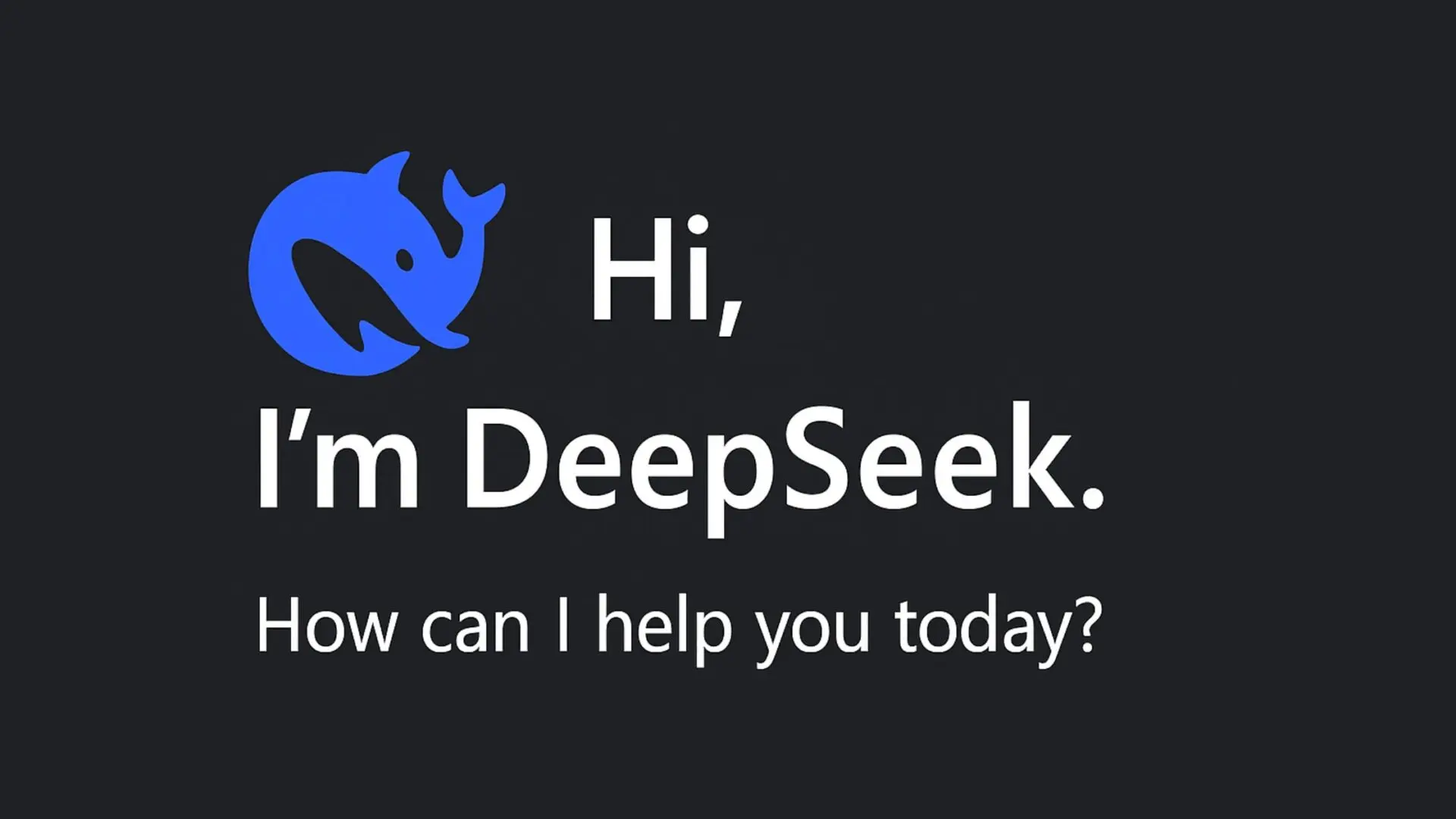
Summary
DeepSeek AI delivers solid performance in logic, code generation, and creative writing, especially for those who value thoughtful, transparent responses. It’s slower and more limited in visual capabilities compared to commercial tools, but for a free open-source model, it holds its own. A great sidekick for learners, bloggers, and curious minds.



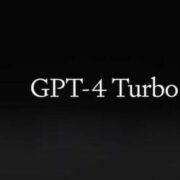
![How to Write ChatGPT Prompts – Banner Image A backlit keyboard with glowing text above it displaying a ChatGPT prompt formula: “You are a [role]. Help me [goal], in a [tone] voice. In a [format] of [length].”](https://www.tonyreviewsthings.com/wp-content/uploads/2025/05/how-to-write-chatgpt-prompts-banner-180x180.jpg)
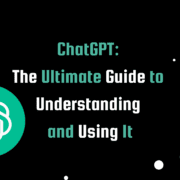

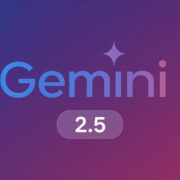



Leave a Reply
Want to join the discussion?Feel free to contribute!